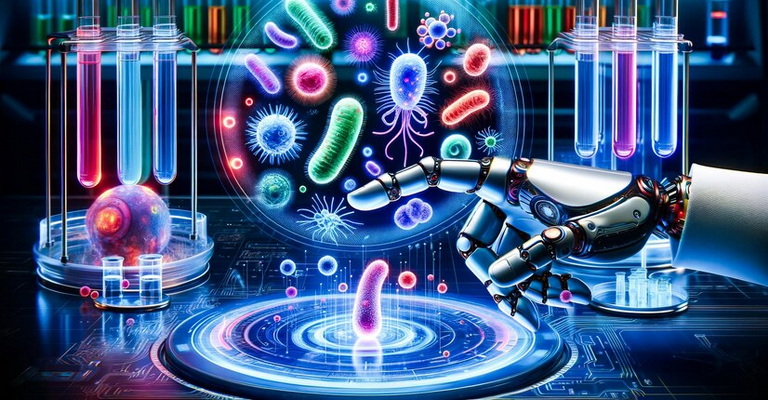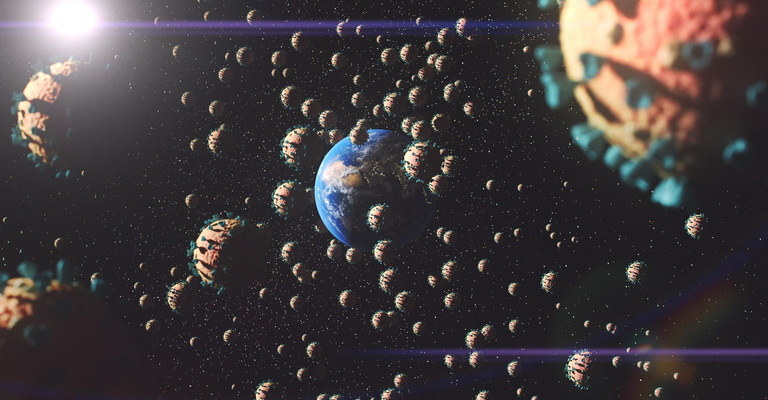Extraterrestrial Chemistry MCQs with Answers

Welcome to the Extraterrestrial Chemistry MCQs with Answers, it helps learners quickly identify areas for improvement in Extraterrestrial Chemistry Online Test.
| Extraterrestrial chemistry, or astrochemistry, is the study of chemical processes and compounds in space. This field explores the origins, distribution, and reactions of molecules beyond Earth, providing insights into the formation of stars, planets, and possibly life. Extraterrestrial Chemistry MCQs and Astrochemistry quiz questions test knowledge of these fascinating topics.
Chemistry of space MCQs delve into the fundamental principles governing chemical reactions in various space environments, such as interstellar clouds, star-forming regions, and planetary atmospheres. Molecules in space MCQs focus on the identification and behavior of complex organic molecules, ions, and radicals found in interstellar space. Interstellar chemistry multiple choice questions examine the processes that occur in the vast spaces between stars, including the formation and destruction of molecules in extreme conditions. Planetary chemistry quiz questions explore the chemical composition and processes on planets and moons within our solar system and beyond. Understanding extraterrestrial chemistry helps scientists unravel the mysteries of the universe, from the origins of life to the formation of celestial bodies, making it a vital area of study in both chemistry and astronomy. |
Extraterrestrial Chemistry Online Quiz
By presenting 3 options to choose from, Extraterrestrial Chemistry Quiz which cover a wide range of topics and levels of difficulty, making them adaptable to various learning objectives and preferences. You will have to read all the given answers of Extraterrestrial Chemistry Questions and Answers and click over the correct answer.
- Test Name: Extraterrestrial Chemistry MCQ Quiz Practice
- Type: Quiz Test
- Total Questions: 40
- Total Marks: 40
- Time: 40 minutes
Note: Answer of the questions will change randomly each time you start the test. Practice each quiz test at least 3 times if you want to secure High Marks. Once you are finished, click the View Results button. If any answer looks wrong to you in Quiz, simply click on question and comment below that question, so that we can update the answer in the quiz section.
Download Certificate of Extraterrestrial Chemistry Test
On the end of Quiz, you can download the certificate of the quiz if you got more than 70% marks.
Extraterrestrial Chemistry Flashcards
The presence of what molecule on Mars suggests the possibility of past microbial life?
Methane (CH4)
Which molecule is believed to be responsible for the blue color of Uranus and Neptune?
Methane (CH4)
Which molecule is commonly used to trace the presence of oxygen in the atmospheres of exoplanets?
Ozone (O3)
Which molecule is commonly used as a tracer for star-forming regions in galaxies?
Carbon monoxide (CO)
What molecule is used to trace the presence of sulfur compounds in planetary atmospheres?
Hydrogen sulfide (H2S)
Which molecule is commonly detected in the tails of comets and is often used as a tracer of their activity?
Cyanogen (CN)
What molecule is commonly used as a tracer for the presence of water in interstellar space?
Hydroxyl radical (OH)
Which molecule is commonly found in the atmosphere of Venus and is responsible for its acidic nature?
Sulfuric acid (H2SO4)
What molecule is commonly used to trace the presence of carbon monoxide in planetary atmospheres?
Carbon monoxide (CO)
What molecule is thought to be responsible for the reddish color of the surface of Mars?
Iron oxide (Fe2O3)
Which molecule is commonly found in the atmosphere of Jupiter and contributes to its colorful bands?
Ammonia (NH3)
What molecule is commonly used to trace the presence of nitrogen in planetary atmospheres?
Nitrogen (N2)
Which molecule is commonly detected in the atmospheres of gas giants like Jupiter and Saturn?
Ammonia (NH3)
What molecule is commonly used as a tracer for the presence of sulfur compounds in interstellar space?
Sulfur dioxide (SO2)
Which molecule is commonly detected in the atmospheres of gas giants like Jupiter and Neptune?
Methane (CH4)
What molecule is commonly used to trace the presence of carbon dioxide in planetary atmospheres?
Carbon dioxide (CO2)
Which molecule is commonly found in the atmosphere of Saturn's moon, Enceladus, and is indicative of potential hydrothermal activity?
Methane (CH4)
What molecule is believed to be responsible for the greenish color of the auroras on Jupiter?
Hydrogen (H2)
Which molecule is commonly detected in the atmospheres of gas giants like Jupiter and Uranus?
Ammonia (NH3)
What molecule is believed to be responsible for the brownish color of the atmosphere of Titan?
Hydrocarbons (such as ethane and propane)
Which molecule is commonly used to trace the presence of water ice on planetary surfaces?
Water vapor (H2O)
If you are interested to enhance your knowledge regarding Physics, Computer, and Biology please click on the link of each category, you will be redirected to dedicated website for each category.




